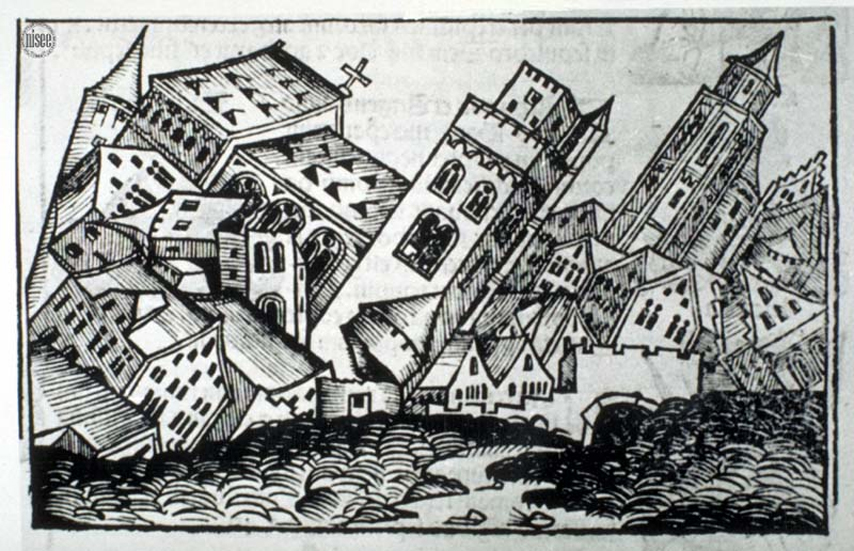1d6
1 Disastrously bad.
2 Bad.
3 Bad mitigated by a little good.
4 Good mitigated by some bad.
5 Good.
6 Spectacularly good.
How’s the weather? How goes the war in the next kingdom over? How’s the market for turnips, this season? What kind of mood did the Lich wake up in? How’s the dragon’s digestion?
Even more concisely:
1d4
1 Disastrously bad.
2 Bad but something good.
3 Good but something bad.
4 Spectacularly good.
But I doubt I’d use that, for the perhaps-ridiculous reason that I just don’t like rolling 4-sided dice. I think it’s because they don’t tumble—they plop. And they don’t feel nice in the hand, the way all other dice do.
Besides, extremes can get wearying, right?
Of course, I can roll two dice and keep highest or lowest, if I need the results to skew in a given direction. Instead of a flat 16.67% chance of any result, I get:
2d6, keep highest
1 2.78%
2 8.33%
3 13.89%
4 19.44%
5 25%
6 30.56%
This gives me a basic range:
2d6, keep lowest = 25% chance of success.
1d6 = 50% chance of success.
2d6, keep highest = 75% chance of success.
This is too blunt an instrument to use for ability checks or combat in an OSR-style game—players need to deal in more precise units of advantage and disadvantage. But for getting the broad strokes of the world, this looks about as flexible as I need.
This whole line of thought is inspired by Nathan Russell's FU: The Freeform/Universal RPG.
1 Disastrously bad.
2 Bad.
3 Bad mitigated by a little good.
4 Good mitigated by some bad.
5 Good.
6 Spectacularly good.
How’s the weather? How goes the war in the next kingdom over? How’s the market for turnips, this season? What kind of mood did the Lich wake up in? How’s the dragon’s digestion?
 |
| How were things at home while we were away? |
Even more concisely:
1d4
1 Disastrously bad.
2 Bad but something good.
3 Good but something bad.
4 Spectacularly good.
But I doubt I’d use that, for the perhaps-ridiculous reason that I just don’t like rolling 4-sided dice. I think it’s because they don’t tumble—they plop. And they don’t feel nice in the hand, the way all other dice do.
Besides, extremes can get wearying, right?
Of course, I can roll two dice and keep highest or lowest, if I need the results to skew in a given direction. Instead of a flat 16.67% chance of any result, I get:
2d6, keep highest
1 2.78%
2 8.33%
3 13.89%
4 19.44%
5 25%
6 30.56%
This gives me a basic range:
2d6, keep lowest = 25% chance of success.
1d6 = 50% chance of success.
2d6, keep highest = 75% chance of success.
This is too blunt an instrument to use for ability checks or combat in an OSR-style game—players need to deal in more precise units of advantage and disadvantage. But for getting the broad strokes of the world, this looks about as flexible as I need.
This whole line of thought is inspired by Nathan Russell's FU: The Freeform/Universal RPG.
Comments
Post a Comment